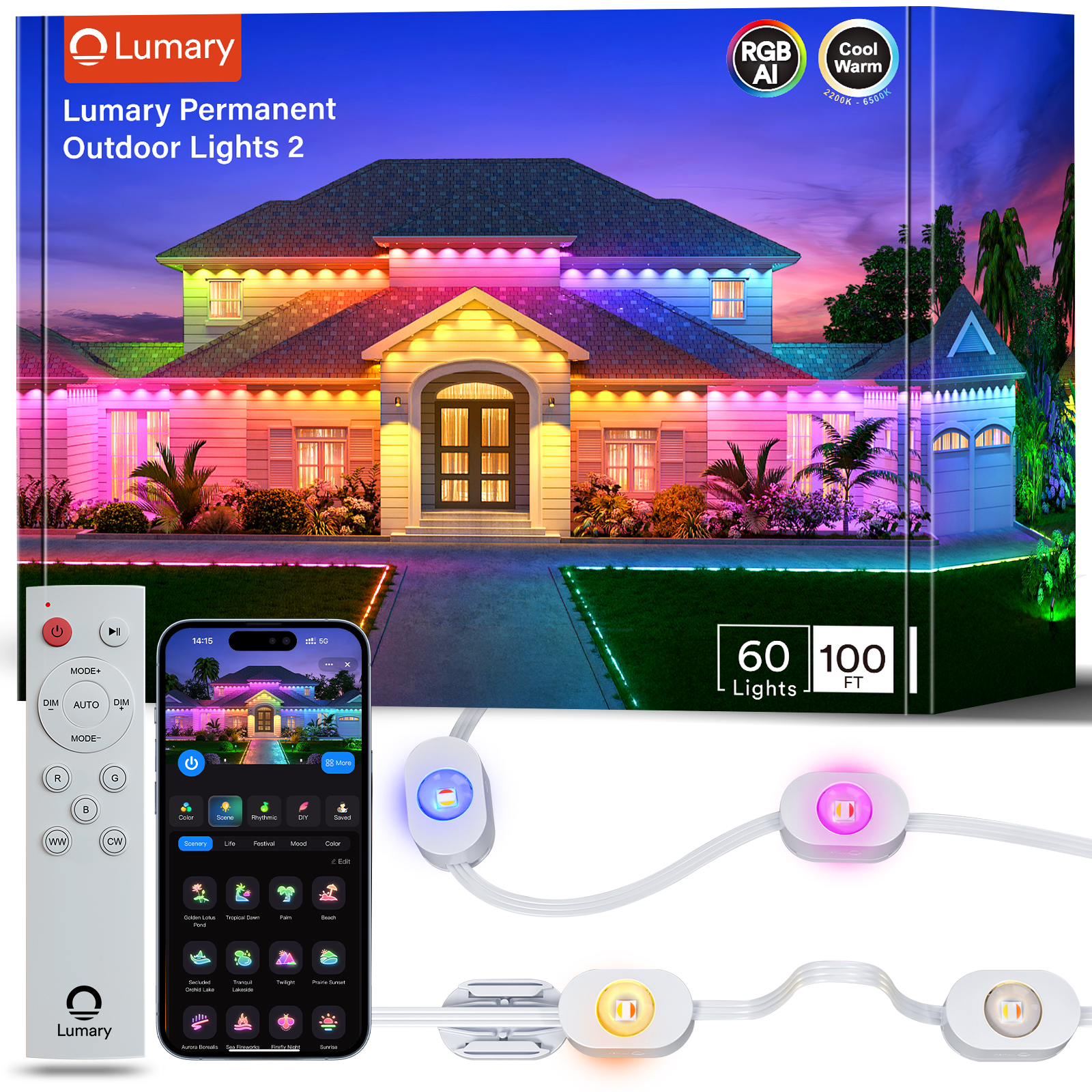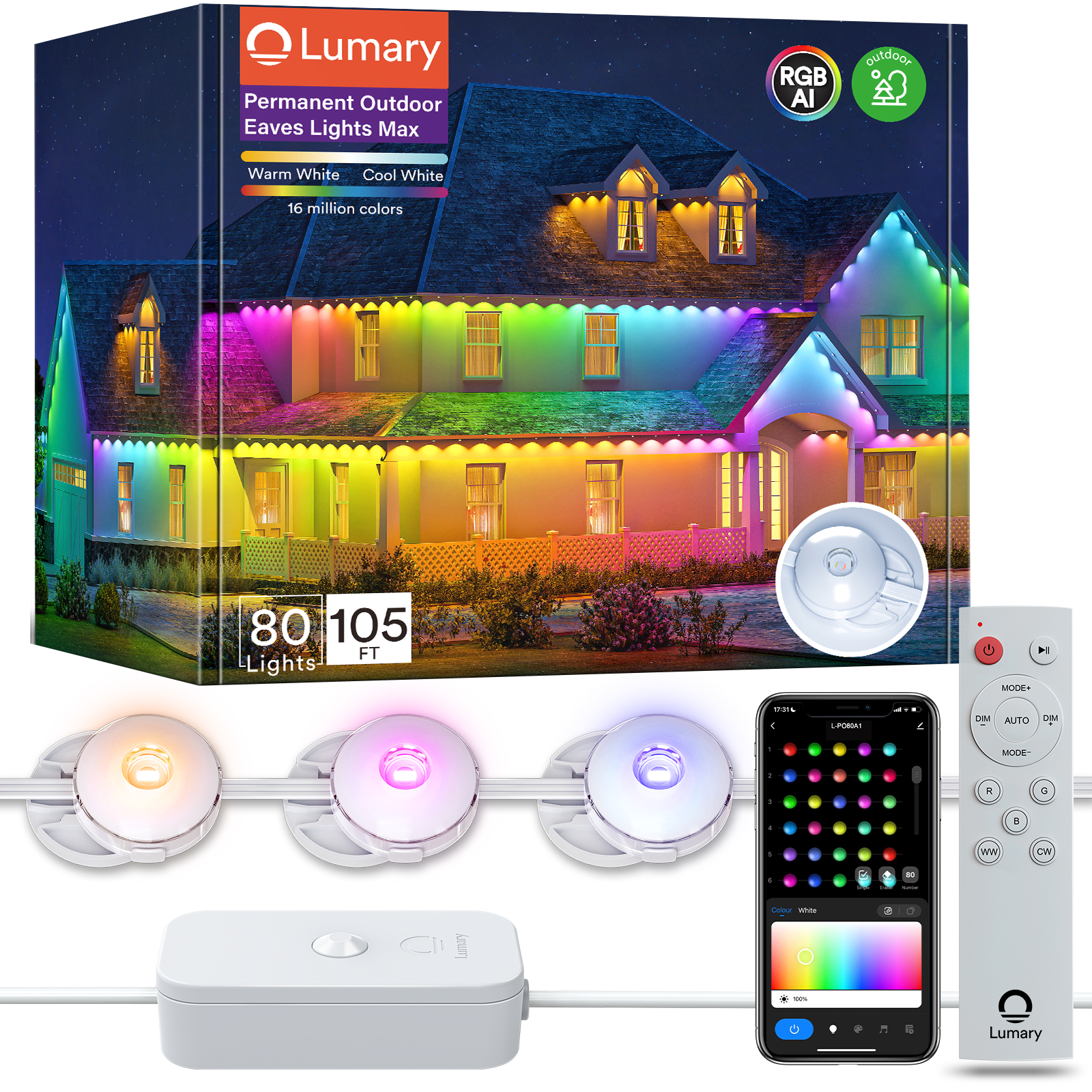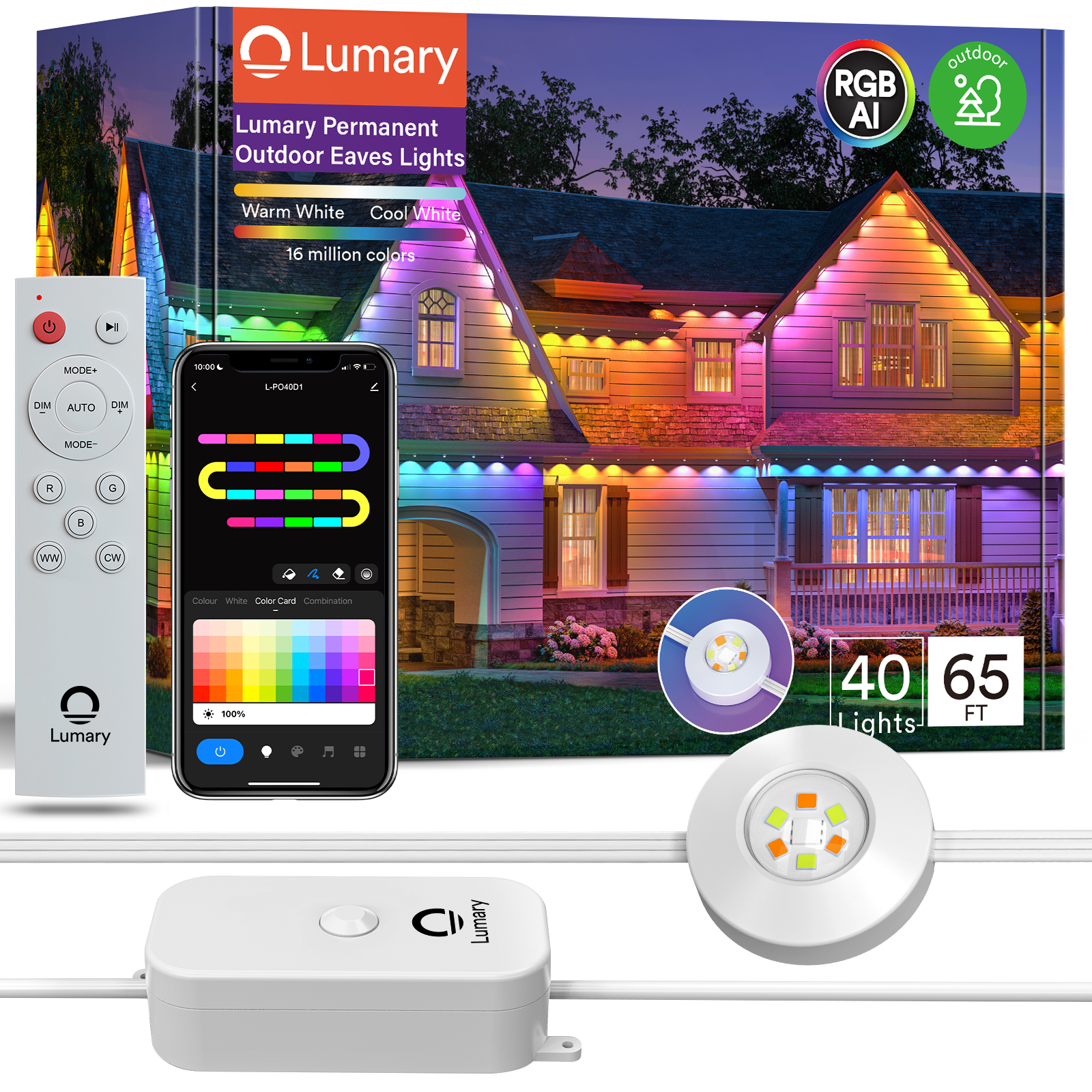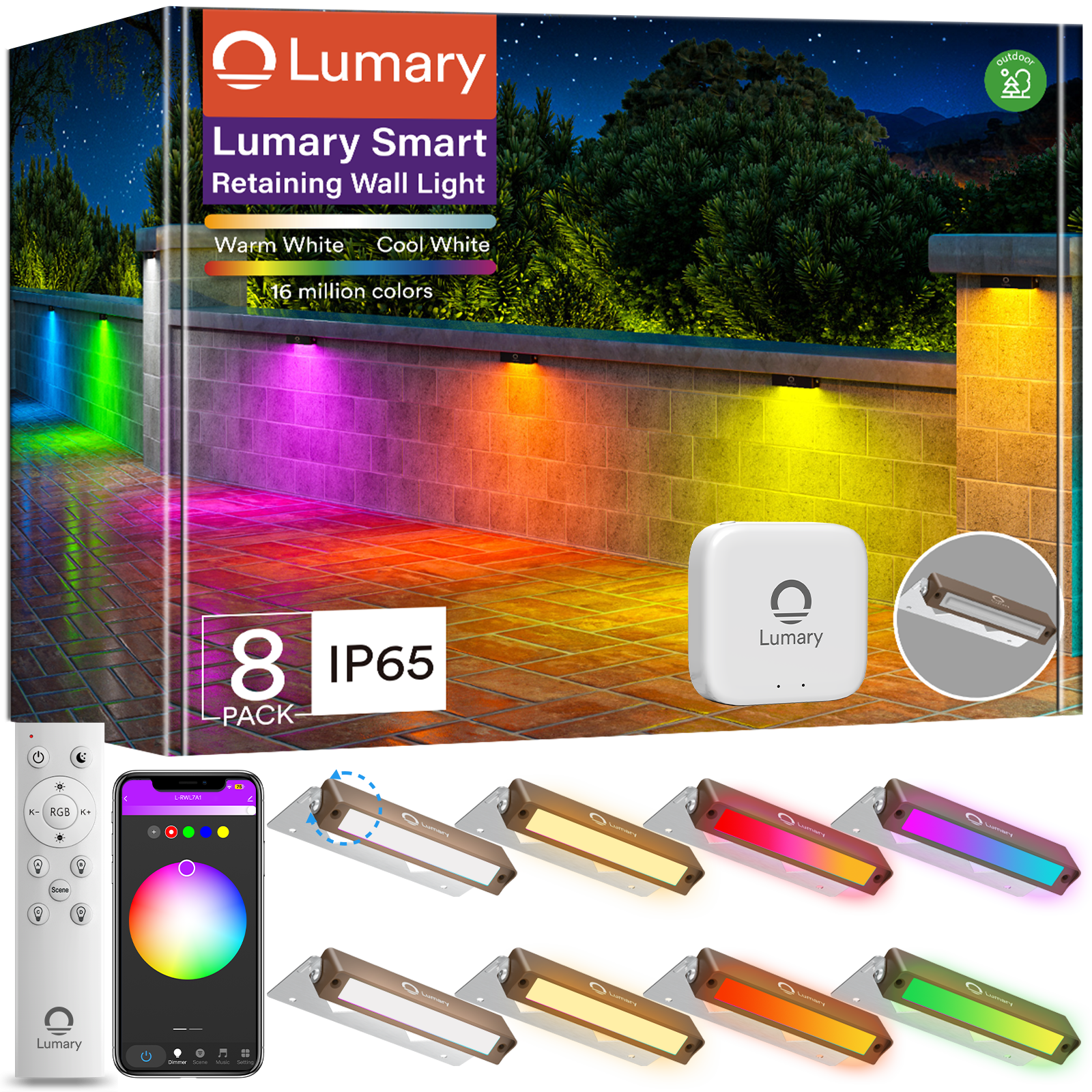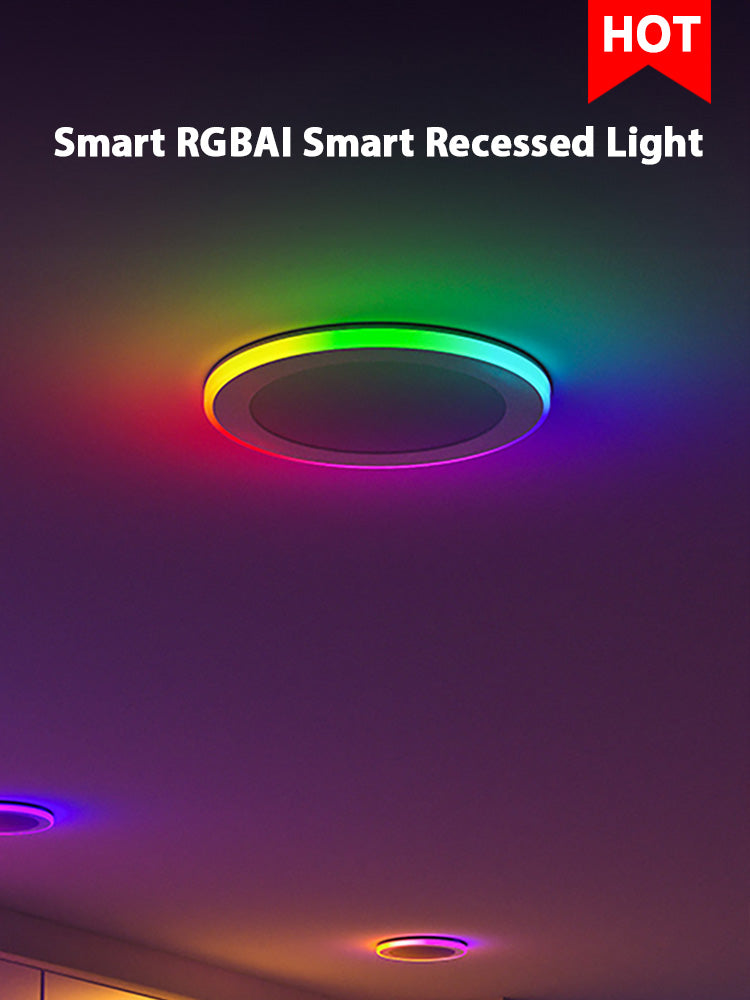The right exterior sconce lights can completely change how your outdoor spaces look and feel. They don’t just brighten up your yard—they add personality and charm to your home. Whether you’re aiming for a cozy glow by the patio or a bold statement near the entryway, these lights can do it all. Plus, they make your outdoor areas safer and more inviting. Choosing the perfect ones might seem tricky, but it’s all about finding what works best for your space and style.
Key Takeaways

-
Pick sconce lights that fit your home's style. Use lanterns for classic homes or modern designs for newer spaces.
-
Choose finishes that match outdoor features. Pair light finishes with door handles or railings for a unified look.
-
Make sure lights are the right size and height. Place them about 66 inches high for good lighting and appearance.
-
Learn about three outdoor lighting types: ambient, task, and accent. Mixing these adds layers for better looks and usefulness.
-
Go for energy-saving lights like LED or solar ones. These save money and help the environment.
Identify the Right Style and Finish for Your Home
When selecting outdoor light fixtures, you want them to blend seamlessly with your home’s overall look. The right style and finish can elevate your outdoor spaces, making them feel cohesive and inviting. Let’s explore how you can match your exterior sconce lights to your home’s architecture, choose complementary finishes, and strike a balance between modern trends and timeless designs.
Match Exterior Sconce Lights to Your Home's Architecture
Your home’s architecture plays a big role in determining the best outdoor lighting styles. For a traditional home, classic lantern-style sconces or rustic fixtures can add charm and character. If your home leans toward a contemporary design, sleek geometric or abstract sconces might be the perfect fit. Coastal or nautical styles work beautifully for beachside homes, while farmhouse sconces bring warmth to country-inspired spaces.
Here are some popular outdoor light fixture styles to consider:
-
Exterior Sconces: Great for entryways, garage doors, and patios.
-
Exterior Lanterns: A versatile choice that suits most aesthetics.
-
Exterior Pendants: Ideal for covered porches or patios.
-
Landscape Lighting: Perfect for walkways and highlighting architectural features.
Think about your home’s unique features and choose a light fixture that complements them.
Choose Finishes That Complement Outdoor Light Fixtures
The finish of your outdoor light fixture can make or break its overall look. For example, bronze or black finishes pair well with traditional or rustic designs, while brushed nickel or chrome suits contemporary styles. If you’re working with natural materials like stone or wood, consider finishes that enhance those textures.
A tip: Match the finish of your exterior sconce lights with other outdoor elements, like door handles or railings, for a polished and cohesive appearance.
Balance Modern Trends with Timeless Outdoor Lighting Designs
Trends come and go, but timeless designs never lose their appeal. While it’s tempting to go all-in on the latest outdoor lighting styles, try to find a balance. For instance, geometric sconces are trendy now, but their clean lines also make them a classic choice for modern homes. Similarly, lantern-style fixtures have been around for decades and continue to work well with both traditional and transitional designs.
By blending modern touches with timeless elements, you’ll create an outdoor space that feels fresh yet enduring.
Determine the Ideal Size and Placement
Choosing the right size and placement for your exterior sconce lights can make a huge difference in how your outdoor spaces look and function. Let’s break it down into simple steps to help you get it just right.
Proportional Sizing for Outdoor Light Fixtures
Size matters when it comes to outdoor lighting. A light fixture that’s too small can look out of place, while one that’s too large might overwhelm your space. Here’s a quick guide to help you find the perfect fit:
-
Measure the height of your front door or garage door.
-
For a single light, pick a fixture that’s about one-third the height of the door.
-
If you’re using two lights, go for fixtures that are one-fourth the height of the door.
-
Mount your lights approximately 66 inches above the threshold. This height ensures the light is slightly above eye level, providing optimal illumination.
By following these tips, you’ll achieve a balanced look that enhances your home’s curb appeal.
Placement Tips for Entryways, Patios, and Pathways
Where you place your outdoor lights is just as important as their size. Proper placement not only improves aesthetics but also boosts safety.
-
Entryways: Position lights near front doors, garage doors, or gates to eliminate dark spots and make your home more secure.
-
Patios: Use ambient lighting to create a cozy atmosphere for gatherings. Task lighting can highlight specific areas like seating or dining spaces.
-
Pathways: Place lights along walkways to guide guests and reduce the risk of trips or falls.
Make sure your lights are angled correctly to avoid glare and light pollution. A well-thought-out placement plan can transform your outdoor areas into functional and inviting spaces.
Symmetry and Spacing for Multiple Outdoor Lights
Symmetry can elevate the look of your outdoor lighting design. When you use multiple lights, spacing them evenly creates a polished and harmonious appearance.
-
Symmetrical placement ensures uniform illumination, reducing shadows and enhancing visibility.
-
For entryways, place lights on either side of the door for a balanced look.
-
Along pathways or driveways, space lights evenly to maintain consistency and avoid overcrowding.
This approach not only improves aesthetics but also simplifies installation. With symmetrical and well-spaced lights, your outdoor spaces will feel both stylish and practical.
Understand Lighting Needs and Illumination Levels
Choosing the right type of lighting for your outdoor spaces can make all the difference in how they look and function. Whether you’re aiming for a cozy ambiance, practical task lighting, or dramatic accents, understanding the basics will help you create a well-lit and inviting environment.
Ambient, Task, and Accent Lighting for Outdoor Spaces
Outdoor lighting serves three main purposes: ambient, task, and accent. Each type plays a unique role in transforming your space. Here’s a quick breakdown to help you decide what works best:
|
Aspect |
Task Lighting |
Accent Lighting |
Ambient Lighting |
|---|---|---|---|
|
Primary Purpose |
Illumination for specific tasks |
Highlighting features |
General illumination |
|
Ideal Locations |
Entryways, work areas |
Pathways, gardens, architectural features |
Patios, decks, and seating areas |
|
Lighting Fixtures |
Spotlights, wall-mounted sconces |
Uplights, directional lights |
Hanging lights, post lights |
|
Brightness |
Bright and focused |
Bright but directed |
Soft and diffused |
|
Color Temperature (K) |
3500K - 4500K |
Varies, often brighter |
2700K - 3000K |
|
Functionality |
Enhances task performance |
Creates drama and interest |
Sets the overall mood |
By combining these types of lighting, you can achieve a layered effect that enhances both functionality and aesthetics.
Choosing Bulb Types and Brightness for Exterior Sconce Lights
The type of bulb you choose impacts the brightness, energy efficiency, and overall feel of your outdoor light fixtures. LED bulbs are a popular choice for exterior sconce lights because they’re long-lasting and energy-efficient. They also come in a variety of brightness levels, measured in lumens. For example:
-
Entryways and pathways: Use bulbs with 800-1200 lumens for clear visibility.
-
Patios and seating areas: Opt for softer lighting around 400-600 lumens to create a relaxed vibe.
When selecting bulbs, check their compatibility with your fixtures and ensure they’re rated for outdoor use. This ensures durability and optimal performance.
Adjusting Color Temperature for Desired Ambiance
Color temperature, measured in Kelvin (K), determines whether your lighting feels warm or cool. Warmer tones (2700K-3000K) create a cozy, inviting ambiance, perfect for patios or seating areas. Cooler tones (4000K-5000K) work well for task lighting or modern designs, offering a crisp and clean look.
Here are some tips to guide your choice:
-
Environmental Factors: Warm tones blend beautifully with natural landscapes, while cooler tones suit urban settings.
-
Purpose of Lighting: Use warmer temperatures for relaxation and cooler ones for security or tasks.
-
Light Pollution: Choose fixtures that minimize upward light dispersion to protect the night sky.
By adjusting the color temperature, you can set the perfect mood for any outdoor occasion.
Evaluate Durability and Weather Resistance

When choosing exterior sconce lights, durability and weather resistance are key factors. Outdoor light fixtures face constant exposure to the elements, so selecting the right materials and understanding their ratings can save you time and money in the long run. Let’s dive into the details to help you find the perfect replacement fixtures for your home.
Weatherproof Materials for Outdoor Light Fixtures
The material of your outdoor light plays a huge role in its ability to withstand harsh conditions. Some materials are better suited for fluctuating weather, while others excel in coastal or humid environments. Here’s a quick guide to help you choose:
|
Material |
Properties |
|---|---|
|
Brass |
Durable, withstands fluctuating weather, lasts for years without breaking. |
|
Bronze |
Strong, impervious to corrosion, develops a protective patina when oxidized. |
|
Vivex |
Non-corrosive, UV resistant, long-lasting, designed specifically for outdoor use. |
|
Solid Copper |
Special weather-resistant coating enhances durability. |
|
Stamped Brass |
Special weather-resistant coating enhances durability. |
|
Resin |
Cannot rust or corrode, suitable for outdoor conditions. |
For coastal areas, consider finishes like Hinkley Lighting’s Coastal Elements or Quoizel’s Coastal Armour. These are designed to resist corrosion and fading, making them ideal for humid or salty environments.
Wet and Damp Ratings for Exterior Sconce Lights
Understanding wet and damp ratings ensures your fixtures perform well in their intended locations. Here’s what you need to know:
-
Wet-rated lights can handle direct exposure to rain or snow. They’re perfect for uncovered patios or open spaces.
-
Damp-rated lights work best in areas with moisture but no direct water exposure, like covered porches or bathrooms.
Using the correct rating prevents rust, corrosion, and electrical issues, keeping your outdoor light fixtures safe and functional.
Maintenance Tips for Long-Lasting Outdoor Lighting
Proper maintenance keeps your exterior sconce lights looking great and working efficiently. Follow these tips to extend their lifespan:
-
Clean fixtures regularly to remove dirt and debris that can dim brightness.
-
Inspect wires and connections to catch potential hazards early.
-
Replace bulbs as needed to maintain consistent illumination.
For a more structured approach, try this routine:
-
Conduct quarterly inspections to ensure everything works properly.
-
Clean lenses and reflectors to maximize light output.
-
Apply corrosion-preventative products to protect against weather damage.
By following these tips, you’ll keep your outdoor light fixtures in top shape, making them a perfect replacement for outdated options.
Consider Energy Efficiency and Smart Features
When it comes to outdoor lighting, energy efficiency and smart features can make a world of difference. Not only do they help you save money, but they also reduce your environmental footprint. Let’s explore how you can make the most of these modern advancements.
Benefits of LED and Solar-Powered Outdoor Lights
Switching to LED or solar-powered lights is one of the smartest moves you can make for your home. LEDs use up to 90% less energy than traditional incandescent bulbs and last up to 25 times longer. This means fewer replacements and lower energy bills. Solar-powered lights take it a step further by harnessing the sun’s energy, making them virtually cost-free to operate after installation.
The environmental benefits are just as impressive. Solar-powered lights significantly cut carbon emissions—equivalent to removing 21 million cars from the road annually in the U.S. They also avoid air and water pollution during operation, contributing to a cleaner planet. Whether you’re lighting up your patio or pathways, these options are both eco-friendly and cost-effective.
Smart Features in Modern Exterior Sconce Lights
Modern exterior sconce lights come packed with smart features that make your life easier. Here are some of the most popular ones:
-
Smart home-enabled features for seamless integration with systems like Alexa or Google Assistant.
-
Group control options to manage multiple lights simultaneously.
-
Customizable settings, including timers, schedules, and even music sync for entertaining.
Take the Lumary Smart Wall Sconce, for example. It offers 16 million color options, adjustable brightness, and compatibility with major smart home systems. You can control it with your voice or smartphone, making it a perfect blend of style and technology.
Long-Term Energy Savings with Efficient Outdoor Lighting
Energy-efficient lighting doesn’t just save you money upfront—it pays off in the long run. LED bulbs, for instance, cost only $1 to $5 per month to operate, compared to $5 to $15 for incandescent bulbs. Solar-powered lights, on the other hand, are essentially free to run after purchase. Here’s a quick breakdown of typical costs:
|
Cost Type |
Cost Range |
|---|---|
|
Replacing Bulbs |
$5 to $20 per bulb |
|
Fixture Replacement |
$20 to $500 (every 5-10 years) |
|
LED Monthly Energy Cost |
$1 to $5 |
|
Incandescent Monthly Cost |
$5 to $15 |
|
Solar-Powered Lights |
Essentially free after purchase |
To maximize savings, consider installing timers or motion sensors. These features ensure your lights only operate when needed, cutting down on unnecessary energy use. By planning your lighting setup carefully, you can enjoy a beautifully lit home without breaking the bank.
Installation Tips and Safety Guidelines
Installing outdoor wall lights can seem daunting, but with the right approach, it’s manageable. Whether you’re tackling it yourself or hiring a professional, these tips will help you ensure a safe and efficient outdoor light installation.
DIY vs. Professional Installation for Outdoor Light Fixtures
Deciding between DIY and professional installation depends on your budget, skills, and time. Here’s a quick breakdown of the costs and benefits of each option:
-
DIY Solar Installation: Costs around $250 initially but may total $5000 over 10 years due to frequent replacements. It’s a good choice if you want a simple porch light or pathway lighting.
-
DIY Hardwired Installation: Costs about $850 for 10 lights over 10 years. However, it requires significant time and knowledge of wiring.
-
Non-specialty Contractor Installation: Costs around $2670. It’s less expensive than hiring a professional but may lack a polished design.
-
Professional Installation: Costs between $3000-$20,000 initially, with $1500 in maintenance over 10 years. Professionals offer high-quality materials, custom designs, and ensure safety compliance.
If you’re looking for a flawless finish and enhanced security lighting, hiring a professional is worth considering. They’ll assess your home’s needs, create a tailored lighting layout, and use materials that last longer.
Local Building Codes and Permits for Exterior Sconce Lights
Before installing outdoor wall lights, check your local building codes. These regulations ensure your installation meets safety standards and avoids fines. Some areas require permits for hardwired installations, especially if they involve new wiring or structural changes.
Tip: Contact your local building department to confirm the requirements. This step saves you from potential headaches down the road.
Ignoring these codes can lead to fire risks or electrical hazards. Always prioritize safety and compliance when planning your outdoor light installation.
Ensuring Proper Wiring and Mounting for Safety
Safety should always come first during installation. Here are some common hazards to avoid:
-
Failing to turn off the power before starting, which can cause electrical shocks.
-
Using indoor-rated fixtures outdoors, which won’t withstand weather conditions.
-
Leaving wires unsecured, creating tripping hazards.
-
Skipping proper mounting techniques, leading to unstable fixtures.
To ensure a secure installation, follow these steps:
-
Turn off the power at the breaker box before handling any wiring.
-
Use outdoor-rated fixtures and waterproof wire nuts to protect against moisture.
-
Secure all wires neatly to prevent accidents.
-
Mount the fixture firmly to withstand wind and other elements.
If you’re unsure about wiring or mounting, don’t hesitate to call a professional. They’ll ensure your outdoor light installation is safe and long-lasting.
Choosing the perfect exterior sconce lights is all about finding the right balance. Think about your home’s architecture, your outdoor light needs, and the durability of the fixtures. Avoid common mistakes like picking lights just for their looks or skipping proper planning. Instead, focus on fixtures that combine style and functionality. Remember, high-quality materials and thoughtful placement can make a big improvement in both aesthetics and safety. With the right choices, you’ll create a welcoming and well-lit space that enhances your home for years to come.
FAQ
What is the best material for exterior sconce lights in harsh weather?
Choose materials like brass, bronze, or resin. These materials resist corrosion and withstand extreme weather. For coastal areas, look for finishes specifically designed to handle salty air and humidity.
Tip: Check for weatherproof ratings like IP65 to ensure durability.
How high should you mount exterior sconce lights?
Mount your sconce lights about 66 inches from the ground. This height keeps the light slightly above eye level, providing optimal illumination for entryways and pathways.
Note: Always measure from the threshold for accurate placement.
Can you control exterior sconce lights with smart home systems?
Yes! Many modern sconces, like the Lumary Smart Wall Sconce, work with Alexa, Google Assistant, and other systems. You can adjust brightness, colors, and schedules using voice commands or apps.
Emoji: 🌟 Smart lighting makes life easier and more fun!
What’s the difference between wet-rated and damp-rated lights?
Wet-rated lights handle direct rain or snow exposure, perfect for open areas. Damp-rated lights work in covered spaces with moisture but no direct water contact, like porches.
|
Rating |
Best For |
|---|---|
|
Wet-rated |
Open patios, driveways |
|
Damp-rated |
Covered porches |
How do you maintain exterior sconce lights?
Clean them regularly with a soft cloth to remove dirt. Inspect wires and connections for damage. Replace bulbs as needed to keep the light consistent.
Pro Tip: Use corrosion-preventative products to extend the life of your fixtures.


